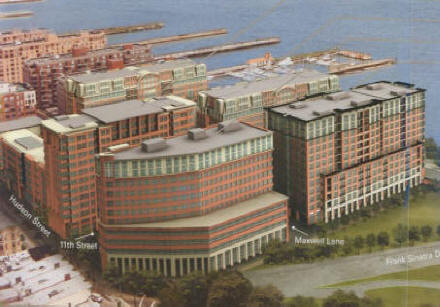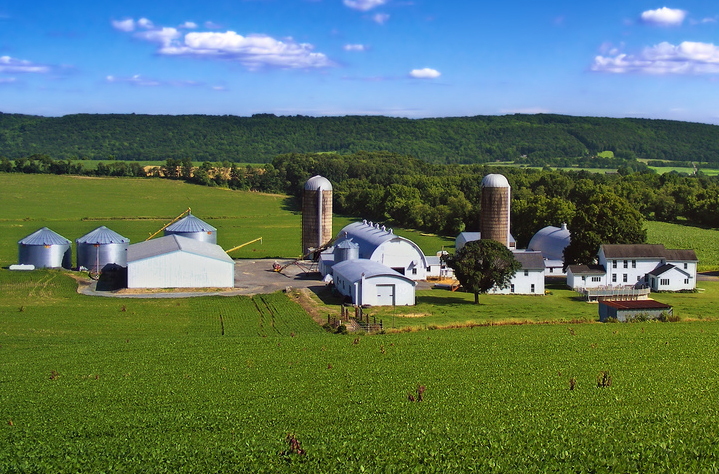New Jersey Future Blog
Vacant Housing Tells Sprawl Story, Too
January 17th, 2003 by Tim Evans
- This week, the Governor used his State of the State message to describe uncontrolled development as the single greatest threat to New Jersey’s quality of life, and vowed to check the loss of 50 acres a day to development.
- Another way to measure sprawl’s impact is by the investment it takes away from cities and older suburbs.
- Nearly one in five homes in Camden is vacant (19 percent), the highest percentage of any non-resort city in the nation. Other non-resort cities with home vacancies more than double the statewide average (4.25 percent) include Atlantic City (13.3 percent), Trenton (12.9 percent), Asbury Park (12.3 percent), Penns Grove in Salem County (11.8 percent), Paulsboro and Swedesboro in Gloucester County (10.2 and 10 percent, respectively); and urban boroughs including Phillipsburg in Warren County (8.9 percent) and Keansburg in Monmouth County (8.6 percent).
- Many older suburban communities suffer high home vacancies, as well. These include: Plainfield in Union County (6.3 percent), Highlands in Monmouth County (6.4 percent), and Lindenwold (9.3 percent) and Collingswood (8.65 percent) in Camden County. (Source: The 2000 Census)
SMART DEVELOPMENT THE ANTIDOTE TO SPRAWL
Sprawling, uncontrolled development has a visible effect on traffic and open land; and an invisible effect on New Jersey’s existing communities. High home vacancies, failing schools and neglected infrastructure in many older communities are all testament to the consequences of sprawling development, which pulls needed investment, jobs and residents from existing communities, speeding their decline; and making sprawling development seem the only logical choice. It isn’t, and it doesn’t have to be this way. Attracting new development and growth back into existing communities not only rebuilds and revitalizes these places, but increases everyone’s choice of healthy communities in which to live.
Many such communities offer amenities and options sprawling development can’t match, including convenient access to trains, walkable downtowns, and a wide range of housing including apartments, brownstones and bungalows.
Just as important as attracting new growth into existing communities is steering state infrastructure dollars there. Repair and rebuilding of roads, sewers, parks and other infrastructure is often a prerequisite for attracting new development and investment.
Housing that’s both plentiful and affordable is a critical need in New Jersey. Redevelopment of our suburbs, towns and cities is the essence of smarter growth. New Jersey doesn’t have to stop development to stop sprawl. It only has to insist on smarter growth.
















